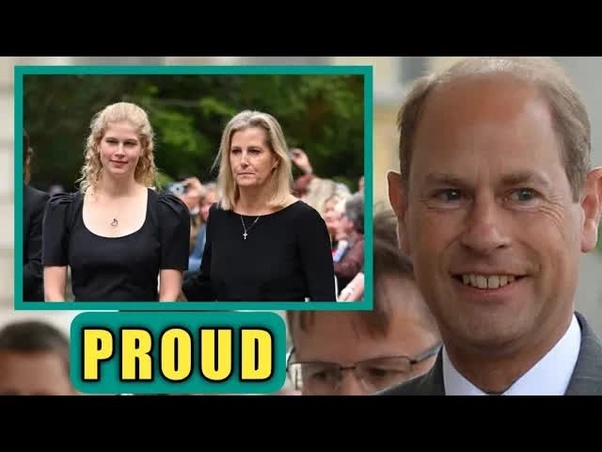Must Read
Lady Louise Mountbatten-Windsor: A Royal Legacy in the Making
Lady Louise Mountbatten-Windsor, the youngest granddaughter of the late Queen Elizabeth II and Prince Philip, is currently immersed in her academic pursuits, diligently preparing for her upcoming summer exams at the University of St. Andrews.
While she still has a few years left until her graduation, speculations abound regarding her potential future as a working member of the royal family, particularly concerning the title she may inherit.
At the center of this ongoing debate lies the Letters Patent of 1917, a historic document issued by King George V that outlines the criteria for bestowing royal titles.
Initially obscure, these letters have now garnered significant attention, especially in discussions revolving around the possibility of Lady Louise being referred to as a princess in the future.
Issued during the tumultuous period of World War I, the Letters Patent of 1917 stipulated that the children and grandchildren of a reigning monarch in the male line are entitled to the titles of prince or princess, along with the esteemed honorific HRH (his, her, royal highness).
However, the application of these rules has raised concerns regarding gender equality, as they tend to favor male descendants over their female counterparts.
In a pivotal moment back in 1999, Queen Elizabeth II's youngest son, Prince Edward, and his wife Sophie Rice-Jones faced a significant decision regarding their children's royal titles.
Following careful deliberation, it was announced that their offspring would not carry the HRH designation, deviating from the traditional interpretation of the Letters Patent.
This move, which came amidst public scrutiny following the tragic passing of Diana, Princess of Wales, highlighted the delicate nature of royal titles and their implications.
Despite the ongoing speculation surrounding Lady Louise's potential elevation to HRH status, the matter remains contentious, with some arguing that the precedent set by her parents' choice is definitive.
However, as the royal family grapples with a diminishing number of active members due to age and retirements, there is a growing anticipation that Lady Louise may eventually be called upon to assume more prominent royal duties.
As Lady Louise commemorates her 20th birthday, the delicate balance between maintaining privacy and embracing her royal lineage continues to be a focal point, encapsulating the intricate dynamics of modern monarchy.
While her future trajectory remains uncertain, her current focus remains steadfast on her academic pursuits, shielded from the public spotlight by her deliberate decision to retain the title of Lady.
So, what are your thoughts on this intriguing royal development?
Feel free to share your opinions in the comments section below.
The evolving landscape of royal responsibilities, coupled with the enduring legacy of Lady Louise Mountbatten-Windsor, underscores the complexities inherent in navigating tradition and modernity within the monarchy.
Stay tuned for more captivating updates on the royal front, and remember to subscribe and hit the bell icon to stay informed.
Until next time, stay engaged and keep an eye on the unfolding royal saga.




















